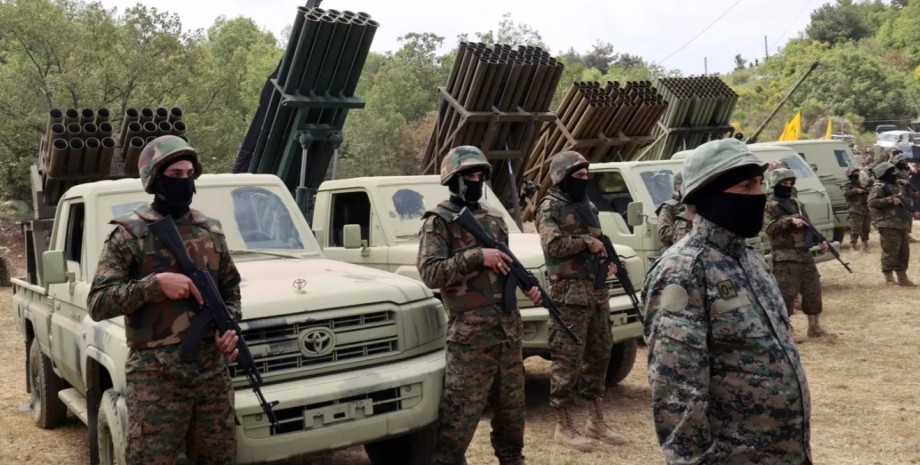
 By Natali Moss
By Natali Moss
In this regard, the question arises as to what arsenal of weapons the Lebanese militants possess, because it is believed that "Hezbolla" is the most powerful non -state grouping in the Middle East. This is stated in The War Zone. According to the author of the publication Thomas News, the scale of the threat posed by the Arsenal "Hezbolla" for Israel is difficult to overestimate, because militants are able to strike deep into the territory, using powerful and modern weapons.
In addition, Hezbolla has large terrestrial forces, as well as a huge arsenal of jet shells, missiles of a long-range radius and Kamikadze drones. Therefore, entering the Lebanese conflict and the actual opening of the second front can lead to enormous consequences in the region. The exact amount of hezbole missile weapons is certainly impossible to determine. According to various estimates, 150 thousand rockets can be discussed. However, this data for 2016, but now this figure can be much higher.
"Although the estimates are still very different, it is enough to say that Hezbolla has a missile arsenal that is not like no state entity, and can quickly deploy it for the task of mass destruction in Israel," - says New Dick. At the same time, most of these ammunition is a small range, and usually without guidance systems, but even they are able to overload the Iron Dome Air Defense air defense, which was shown in practice during Hamas strikes on October 7.
For example, hezbollah missiles 107 mm caliber is a copy of the Chinese RSZV Type 63. Beijing supplied this weapon of Iran and Syria, which, in turn, produced their own options and then handed them to Hezboli. The firing range of these rockets is from 5 to 6 km, they carry 8 kg of fragmentation, and their weight is about 42 kg before starting. The main type of volley fire systems is 122-mm analogue of the Soviet Katyusha and later systems of "Grad".
The weight of the warhead is 25 kg, and the range of the projectile is up to 25 km. At the same time, it is believed that the "iron dome" interceptors are quite effective against such systems. In the Arsenal of Hezbolla, a rocket for the Type 81 caliber 122 mm developed in China is also developed in China, which can be equipped with a cassette warhead.
Depending on the warhead, the firing range of such rockets is different, but with the cassette part they can affect the whole at a distance of 13 km. In addition, there are analogues of Soviet "hurricanes", which are called RAAD-2 and RAAD-3. These systems can already strike over 60 km. Regarding heavier missile weapons, there is an Iranian 240 mm Falaq-1 caliber with a range up to 7 km and FAJR-3 in the arsenal "Hezbolla", capable of striking targets at a distance of 40 km.
Another example is the Syrian Khaibar-1, created, apparently, based on earlier Chinese development. This rocket can carry 150 kg of warheads at a distance of 100 km, so it is considered the most effective and relatively accurate in the rocket arsenal of Hezbolla. There is also a Zelzal rocket - an Iranian development of the Cold War, which was obviously delivered through Syria. The range of its flight reaches 200 km, and the weight of the warhead is 600 kg.
The disadvantage of Zelzal accuracy is offset by the huge devastating potential. Hezbolla is likely to have hundreds of Iranian Fateh-110 and M-600 Iranian missiles, which are the most farm in the rocket arsenal. They are able to carry 500 kg of warhead, having a flight range up to 180 km. There are contradictory data that the Lebanese also have a Skad missile with a flight range up to 342 km and a mass of warheads up to 1 ton.
Their presence is a threat of damage to the goals in the depths of the territory of Israel. "It is obvious that the presence of" rattling "in general allows" Hezboli "to strike at any point of Israel and do it with likely. Particular concern is the fact that militants can use this weapon to defeat key objects in Israel, For example, nuclear objects and main fortified bases, "the expert emphasized.
The anti -ship missile capabilities of Hezbolla became known after in 2006, this group struck the Corvette of the ICRA Hanit Corvette of the Israeli Navy off the coast of Lebanon. Chinese production C-802 rocket was used as weapons, equipped, according to some reports, the Iranian guidance system. The C-802 is still in service with Hezbollah, but since then it has been joined by further development of the same missile provided by Iran.
The basic version of C-802 is a permanent maritime-based rocket with a turbojet engine, 120 km and a warhead weighing 165 kg. According to Israeli data, Hezbolla has received an even more powerful anti-ship weapon-Russian "Yakhont", the export version of P-800 "Onyx". However, it is unknown how these supersonic missiles have fallen into the hands of Hezbolla, although Syria is most likely to be a candidate for their receipt, says New Dick.
It is 12 units of these missiles, although there may be more of them today. The presence of these anti -ship missiles seriously complicates maritime operations in the Eastern Mediterranean, in particular potentially far from Lebanon's coast. This is a problem not only for the Navy of Israel, but also for the US Navy, which will also act in the face of confrontation if Hezbollah enters the conflict, the expert said.
In general, the development of Hezbolla's shock capabilities in recent years means that the group is now capable of keeping numerous Israeli settlements and infrastructure, as well as to carry out complex multifaceted air attacks against them.
"Although Israel was doing anything but stood in place, as this threat was growing, even the most advanced and deepest echelorated air defense system in the world would have encountered serious problems if she had to repel a large -scale attack of" Hezbollah ", he summed up.


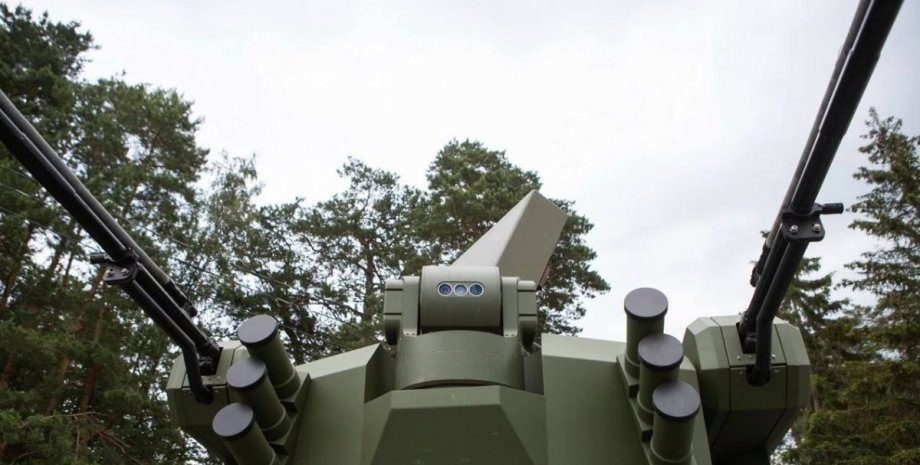

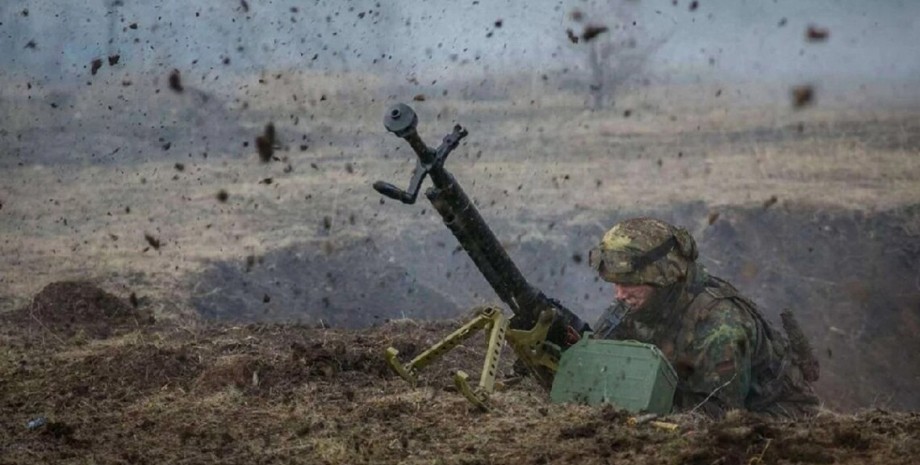

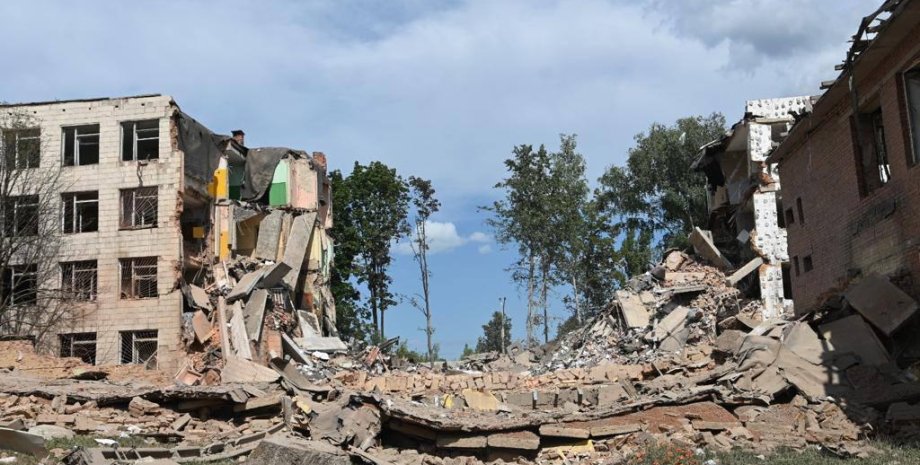
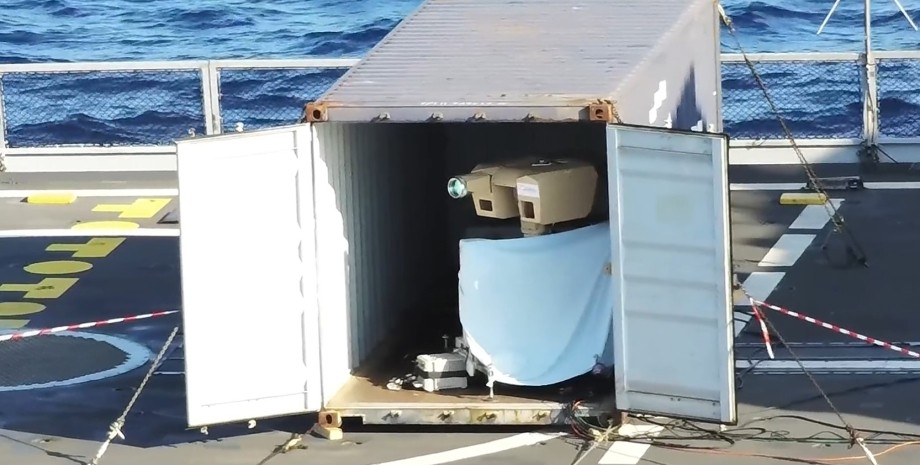

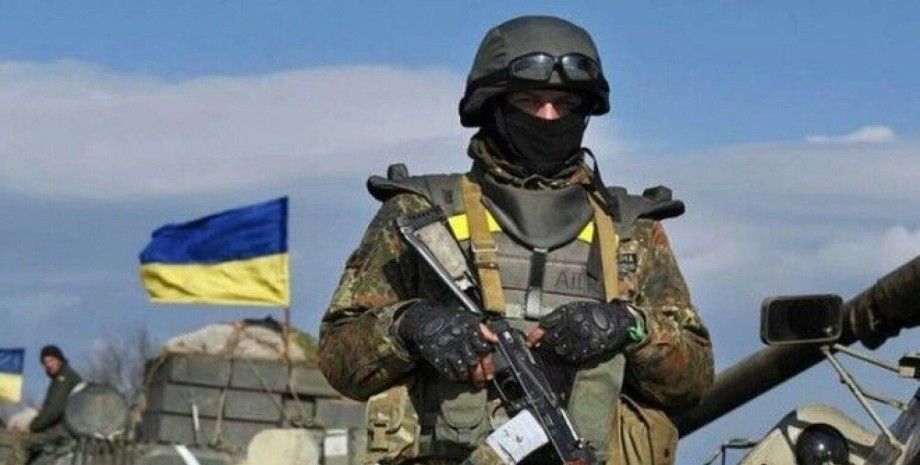
All rights reserved IN-Ukraine.info - 2022